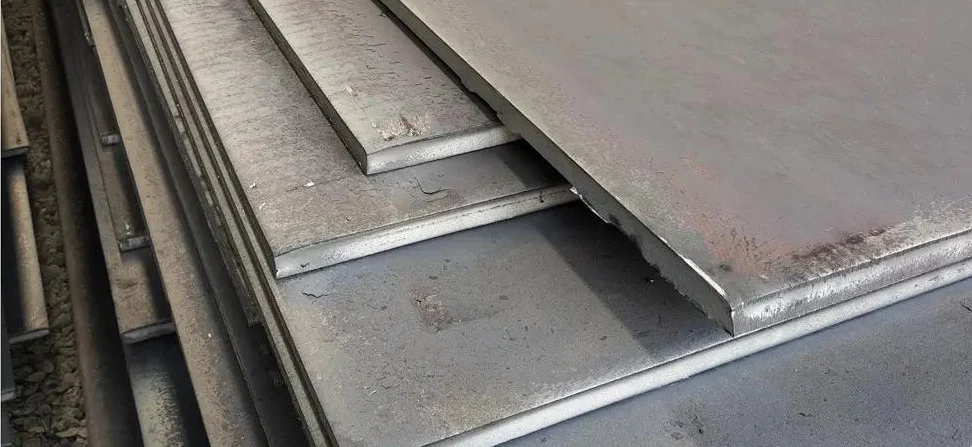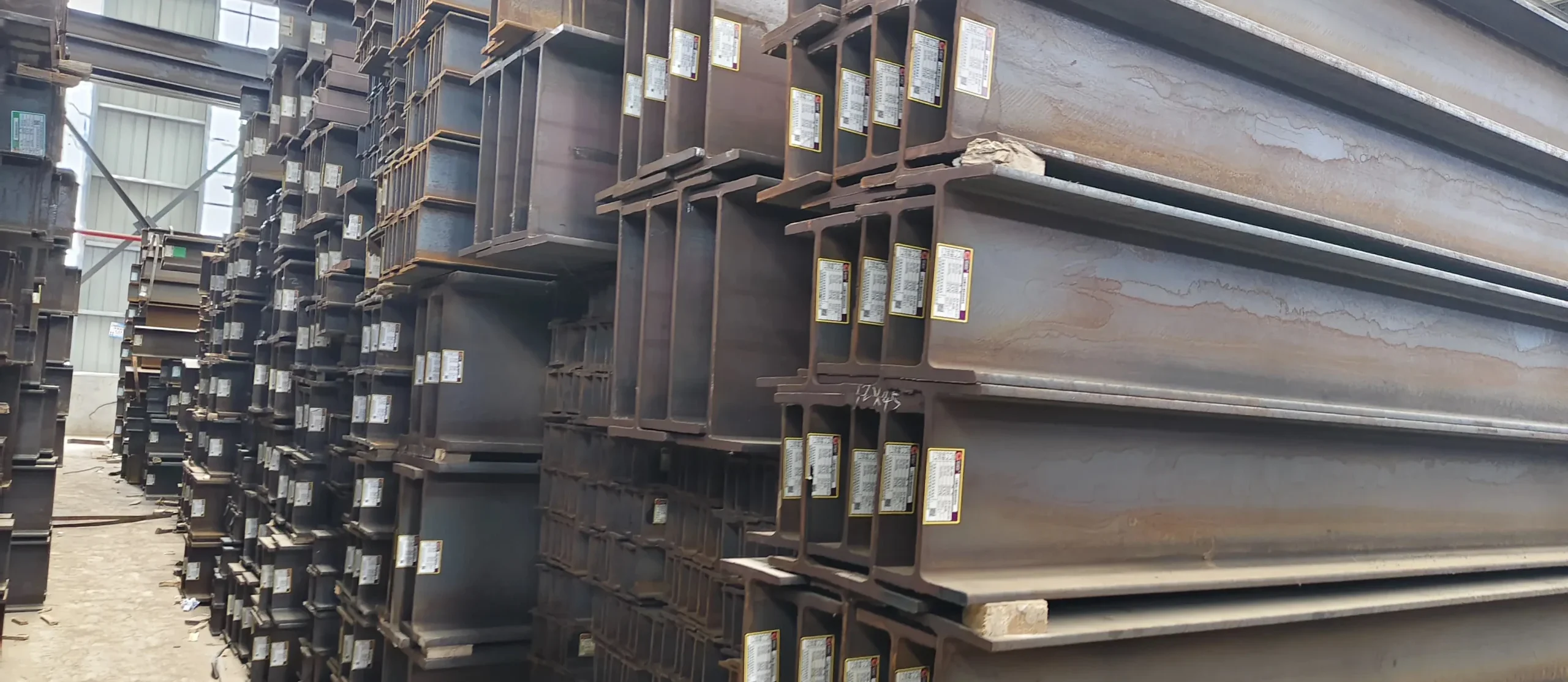What is Pickling and Passivation for Stainless Steel
a) Application:
After a comprehensive pickling and passivation for stainless steel pipe and fittings, all kinds of oil, rust, oxide skin, welding spots and other dirt can be removed. And the surface of stainless steel will become uniform and silver-white. Besides, the corrosion resistance of stainless steel will also be greatly improved, which is suitable for various types of stainless-steel parts, plates and equipment.
b) Characteristics:
Pickling and passivation are easy to be operated, and they are convenient to be used. For pickling and passivation, they are very economical and practical. Meanwhile, they can be added with high efficiency corrosion inhibitor and fog inhibitor to prevent metal from corrosion, hydrogen embrittlement, and the generation of acid fog. They are extremely suitable for small complex workpiece, but are not suitable for paste. They are superior to similar products in the market.

Stainless steel welding-line before and after pickling
c) Procedure of Pickling and Passivation:
According to the material of stainless steel and the severity of the oxide scale, it is recommended to use original liquid or the original liquid diluted with 1% to 4% water. For ferrite, martensite and austenitic stainless steel with low nickel content (such as 420, 430, 200, 201, 202, 300, 301, etc.), it is better to use diluted original liquid. As for the austenitic stainless steel with high nickel content (such as 304, 321, 316, 316L, etc.), it is better to soak them into the original liquid. Generally, the liquid shall be heat to 50 to 60 degrees, and the soaking time is better to be 3 to 20 minutes or longer (time and temperature can be determined according to trial conditions). After the dirt on the surface of stainless steel is completely removed to appear a uniformly sliver-white surface, and form a passivation film. Then taking the stainless steel out of the liquid, and cleaning with clear water. After that, neutralizing with alkaline or whitewash.
How to Do Pickling and Passivation
It usually refers to a method to clean the stainless steel surface.
Generally, the steel-made products will be soaked in an aqueous solution such as sulfuric acid to remove films such as oxide from the metal surface. It is the pretreatment or intermediate treatment of electroplating, enamel, rolling and other processes.
a) Removing the oxide scale and rust on the surface of steel through using acid solution is called pickling. For oxide scale, rust and other iron oxides (Fe3O4, Fe2O3, FeO, etc.), they can react with acid solution to form salts compound, and the compound will be dissolved and then removed in acid solution. Acids for pickling include sulfuric acid, hydrochloric acid, phosphoric acid, nitric acid, chromic acid, hydrofluoric acid and mixed acid. And most commonly-used ones are sulfuric and hydrochloric acid. As for pickling process, it mainly includes dipping pickling, jet pickling and uses acid cream to remove the rust. Generally, dipping pickling is the most used one, and jet pickling can be used in mass production. When steel parts are pickled in sulfuric acid solution, the volume of the solution is about 10% to 20%, and the temperature is around 40 Celsius Degree. If the Fe content in the solution exceeds 80g/L and ferrous sulfate exceeds 215g/L, the pickling solution shall be changed. Under normal temperature, using hydrochloric acid solution of 20% to 80% volume to pickle the steel will not be easy to encounter corrosion and hydrogen embrittlement. Due to strong corrosion effects the acids bring for metals, there is a need to add corrosion inhibitors. And when the metal surface becomes silver-white after cleaning, the surface shall be passivated to improve the corrosion resistance of stainless steel.

b) In order to eliminate the adsorption on the surface of diatomite carrier and reduce the tailing of chromatographic peaks, the carrier shall be pickled or cleaned with alkaline before putting into use. Before pickling, the carrier shall be soaked and boiled in 6mol/L hydrochloric acid for two hours or in concentrated hydrochloric acid for thirty minutes. Then, filter it, clean it to neutral with water and dry it. Pickling can remove iron, aluminum, calcium, magnesium and other impurities on the surface, but it cannot remove the silanol group. Therefore, the carrier for pickling shall be suitable for analyzing acidic samples.
Passivation treatment is the last and key step in chemical cleaning. When boiler is going through pickling, water washing and rinsing, the surface of metal will be very clean and active, but also be easy to suffer from corrosion. Therefore, there is must to do the passivation treatment immediately, which can generate a protective film on the surface of metal to slow down the corrosion.



